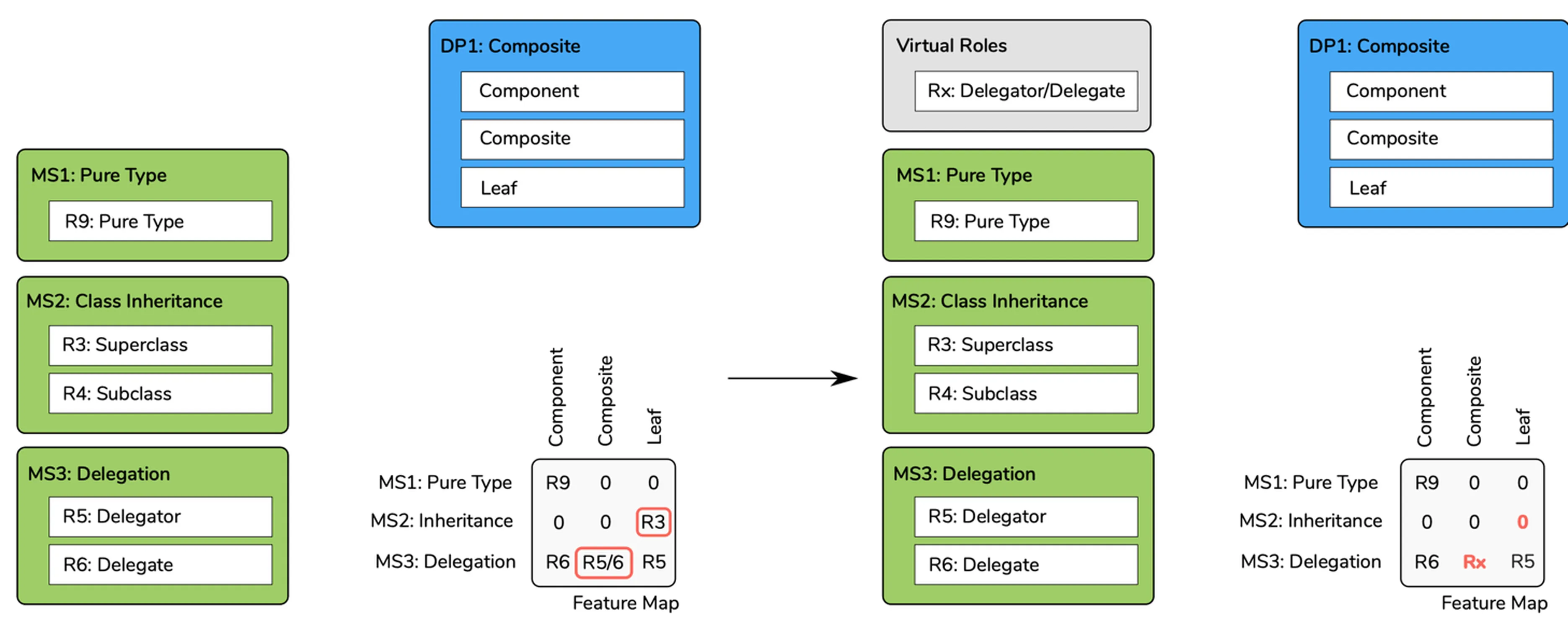Feature Maps: A Smarter Approach to Design Pattern Detection
Design patterns are fundamental in software engineering, but identifying them in source code can be challenging due to variations in implementation. Feature Maps provide a structured, human- and machine-comprehensible representation of software, enabling more effective design pattern detection. This blog explores how Feature Maps, combined with machine learning techniques like Random Forests and Convolutional Neural Networks (CNNs), improve the accuracy and interpretability of pattern detection, even in highly imbalanced data scenarios.
Why Detecting Design Patterns Matters
Design patterns serve as reusable solutions to common software engineering problems. They encapsulate knowledge on structure, intent, and behavior, allowing developers to build robust, maintainable systems. However, in real-world applications, design patterns are often implemented with variations, making automatic detection a non-trivial task. This is where Feature Maps come in.
What Are Feature Maps?
Feature Maps (FMs) transform complex software structures into structured representations that are both human-interpretable and machine-readable. Unlike traditional methods that rely on direct pattern-matching, Feature Maps leverage micro-structures—small building blocks of code that capture meaningful relationships between classes.
By using Feature-Role Normalization (FRN), Feature Maps standardize these micro-structures into a matrix-like format. This representation allows for efficient classification of software components, making it easier to detect whether a given set of classes aligns with a specific design pattern.

How Feature Maps Improve Design Pattern Detection
Feature Maps address the core challenges of design pattern detection in three key ways:
- Handling Variability – Since patterns can be implemented in multiple ways, Feature Maps normalize different implementations into a common structure.
- Supporting Machine Learning – By structuring code features into a uniform format, Feature Maps enable powerful classification models like Random Forests (RFs) and CNNs to recognize patterns effectively.
- Interpretable Results – Unlike black-box models, Feature Maps maintain a level of human readability, making them useful for software analysis and debugging.
Machine Learning for Design Pattern Detection
Machine learning plays a crucial role in leveraging Feature Maps for pattern detection. The study explored two primary models:
- Random Forests (RFs): A decision-tree-based approach that performs well for simpler patterns but struggles with complex multi-role structures.
- Convolutional Neural Networks (CNNs): Typically used for image processing, CNNs naturally handle Feature Maps as structured inputs, capturing relationships between roles more effectively.
Key Findings
Experiments evaluated Feature Maps on four widely used design patterns: Singleton, Template Method, Composite, and Decorator. The results revealed that:
- CNNs consistently outperformed RFs for patterns with more roles, leveraging Feature Maps' structured format effectively.
- Feature Maps provided robust classification performance, even in scenarios with highly imbalanced data.
- Traditional detection methods struggle with real-world pattern variations, while Feature Maps offer a more adaptable and scalable solution.
The Future of Design Pattern Detection
Feature Maps represent a significant advancement in automated software analysis. They not only improve accuracy in pattern detection but also enhance interpretability, bridging the gap between human intuition and machine learning efficiency. Future research may explore extending Feature Maps to broader software analysis tasks, including anomaly detection and automated code refactoring.
By leveraging structured representations like Feature Maps, developers and researchers can gain deeper insights into software architecture, making design pattern detection more reliable and scalable. Whether you're maintaining legacy code or analyzing large software projects, Feature Maps offer a powerful tool to uncover the hidden structure within your codebase.
References and images available in the original research paper.
arXiv